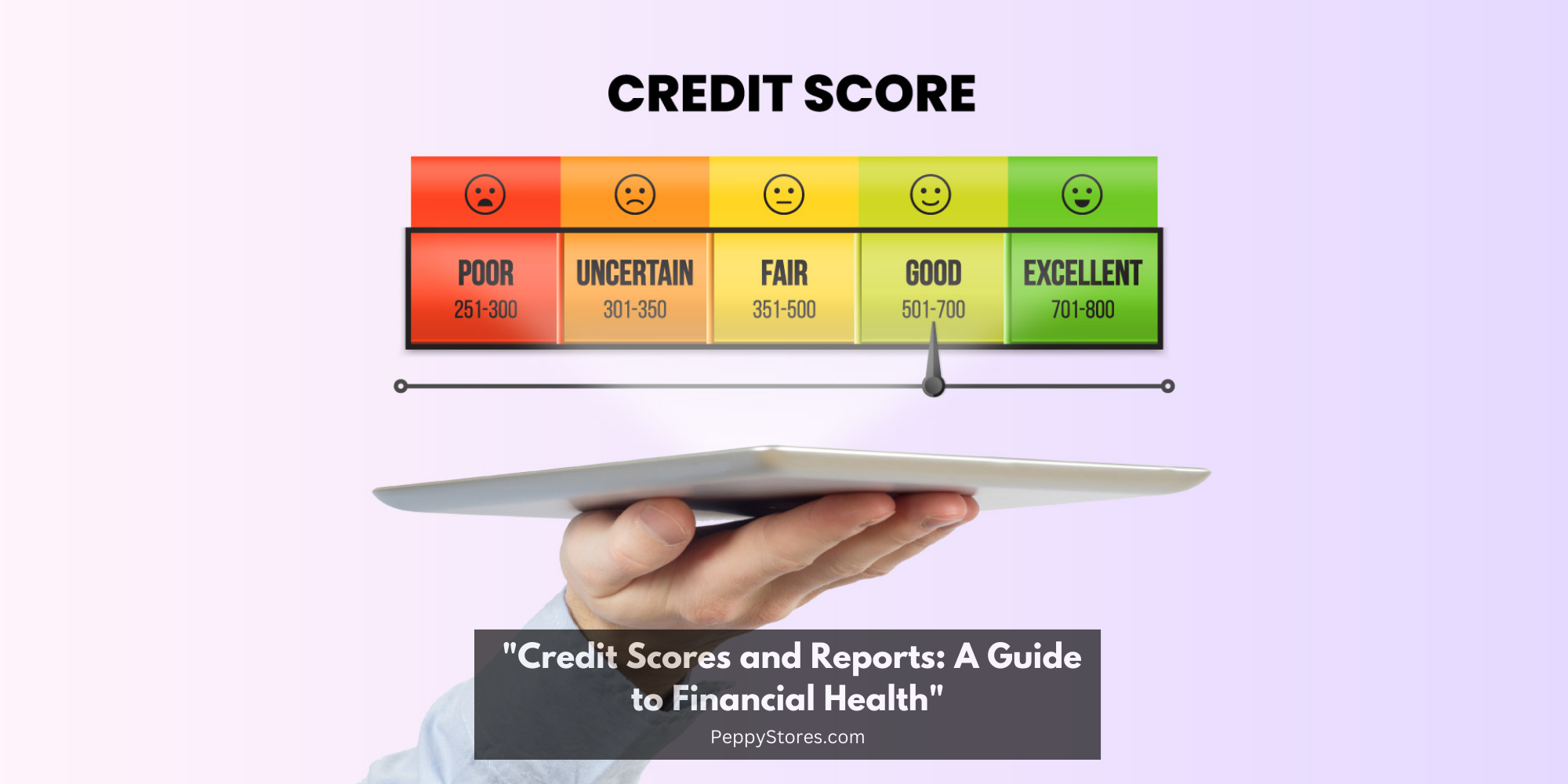The journey to homeownership is an exciting yet intricate process, and understanding the fundamentals of mortgages is crucial for anyone considering buying a home in the United States. From navigating interest rates to grasping the significance of down payments, this comprehensive guide aims to equip potential homebuyers with the knowledge they need to make informed decisions throughout the mortgage process.
Understanding the Basics
1. What is a Mortgage?
A mortgage is a loan used to finance the purchase of a home. The borrower, often referred to as the homebuyer, borrows money from a lender to buy the property and agrees to repay the loan over a specified period, typically 15 to 30 years.
2. Interest Rates: Fixed vs. Adjustable
Interest rates play a pivotal role in the cost of a mortgage. Fixed-rate mortgages have a constant interest rate throughout the loan term, providing predictability in monthly payments. Adjustable-rate mortgages (ARMs), on the other hand, may have fluctuating interest rates based on market conditions, offering potential savings but also posing the risk of increased payments.
3. Down Payments: How Much is Enough?
The down payment is the initial amount paid by the homebuyer, usually expressed as a percentage of the home’s purchase price. While a 20% down payment has been a traditional benchmark, many lenders now accept lower percentages, making homeownership more accessible. However, a larger down payment can result in lower monthly payments and reduced interest costs.
4. Loan Types: Conventional vs. Government-Backed
Homebuyers can choose between conventional loans, typically requiring higher credit scores and down payments, and government-backed loans, such as FHA, VA, and USDA loans. Government-backed loans often have more lenient qualification criteria and lower down payment requirements, catering to a diverse range of homebuyers.
The Mortgage Process
1. Pre-Approval vs. Pre-Qualification:
Before shopping for a home, consider getting pre-approved for a mortgage. Pre-approval involves a thorough assessment of your financial situation by the lender, providing a more accurate picture of the loan amount you can qualify for. Pre-qualification is a preliminary estimate based on information you provide to the lender.
2. Choosing the Right Loan:
Assess your financial goals and circumstances to determine the most suitable type of mortgage. Consider factors such as the length of the loan term, fixed or adjustable rates, and down payment requirements. Consulting with a mortgage advisor can help you make an informed decision.
3. The Role of Credit Scores:
Your credit score significantly influences your mortgage interest rate. Higher credit scores generally result in lower interest rates, potentially saving you thousands of dollars over the life of the loan. Regularly check your credit report for accuracy and take steps to improve your score if needed.
4. The Closing Process:
Once you’ve found the perfect home and secured a mortgage, the closing process begins. This involves finalizing the details of the loan, signing documents, and transferring ownership. Be prepared for closing costs, which can include fees for appraisal, title insurance, and legal services.
5. Escrow Accounts:
Many mortgages include an escrow account, where a portion of your monthly payment is set aside to cover property taxes, homeowners insurance, and possibly private mortgage insurance (PMI). This ensures that these expenses are paid on time, preventing any issues that could jeopardize your homeownership.
Financial Management Strategies
1. Budgeting for Homeownership:
Beyond the mortgage itself, homeownership comes with additional costs, such as maintenance, utilities, and property taxes. Create a comprehensive budget that accounts for all these expenses to ensure a smooth transition into homeownership.
2. Emergency Fund Considerations:
Owning a home introduces a new set of responsibilities, and unexpected expenses can arise. Establishing and maintaining an emergency fund can provide a financial safety net for unforeseen circumstances, such as a leaky roof or malfunctioning appliances.
3. Refinancing Opportunities:
Keep an eye on interest rate trends and consider refinancing if rates drop significantly. Refinancing can potentially lower your monthly payments or shorten the loan term, saving you money over time.
4. Understanding Mortgage Insurance:
If your down payment is less than 20%, you may be required to pay private mortgage insurance (PMI). Understand how PMI works, as it adds to your monthly costs. Once you’ve built sufficient equity in your home, you may be able to request the removal of PMI.
Navigating Challenges
1. Dealing with Market Fluctuations:
Real estate markets can be dynamic, with property values fluctuating over time. Be prepared for market changes and consider the long-term value of your investment.
2. Communication with Lenders:
Open communication with your lender is essential. If you encounter financial difficulties, contact your lender promptly to discuss possible solutions, such as loan modification or forbearance.
3. Staying Informed About Loan Terms:
Be diligent in understanding the terms of your mortgage, including any prepayment penalties or fees. This knowledge empowers you to make informed decisions and avoid potential pitfalls.
Conclusion
Embarking on the journey to homeownership is a significant milestone, and understanding mortgage basics is key to a successful and rewarding experience. From navigating interest rates and down payments to managing the financial responsibilities of homeownership, informed decision-making is essential. By staying informed, planning carefully, and seeking professional guidance when needed, you can confidently navigate the complexities of the mortgage process and turn your homeownership dreams into reality.




